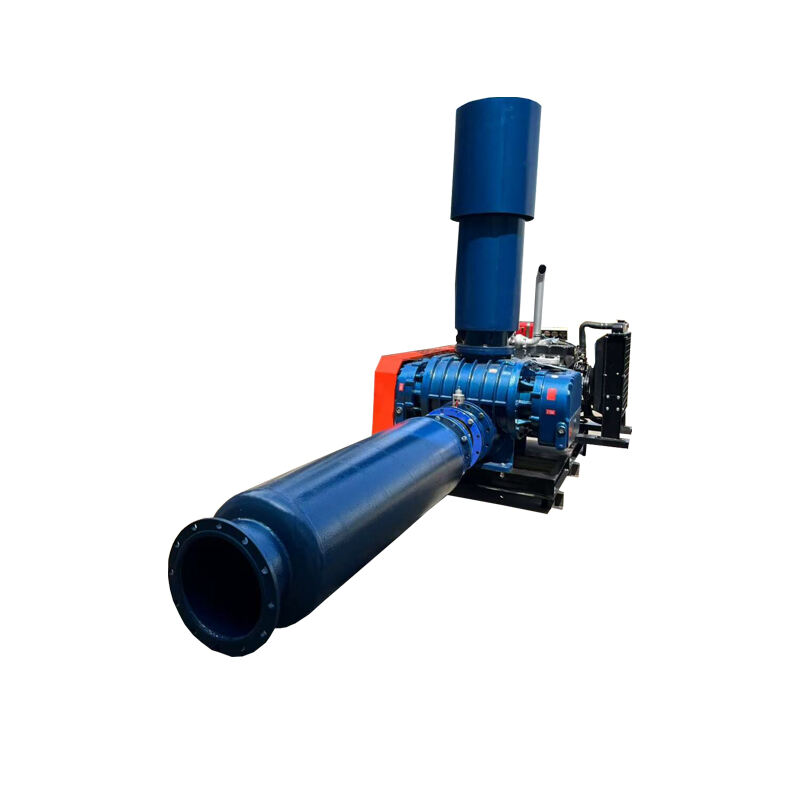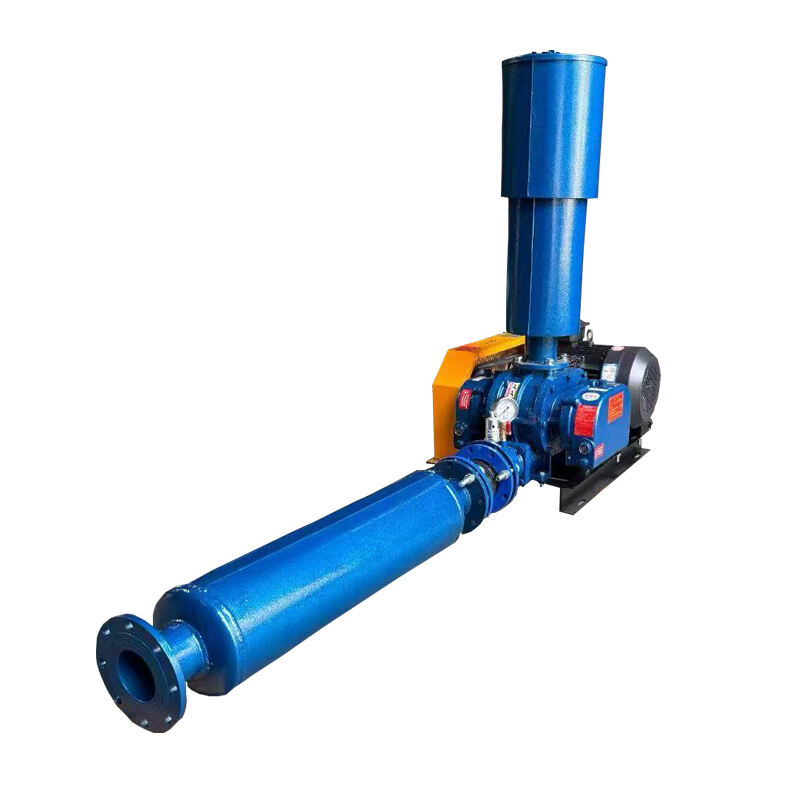wastewater treatment blowers
Wastewater treatment blowers are essential components in modern water treatment facilities, serving as the powerhouse behind the aerobic treatment process. These sophisticated machines are designed to deliver a consistent and reliable supply of compressed air to facilitate the biological breakdown of waste materials in treatment tanks. Operating through advanced impeller technology, these blowers efficiently transfer atmospheric air into the treatment system, providing the necessary oxygen levels for beneficial bacteria to thrive and process organic waste effectively. The blowers come in various configurations, including positive displacement, centrifugal, and turbo designs, each optimized for specific application requirements and facility sizes. Modern wastewater treatment blowers incorporate smart control systems that automatically adjust air output based on real-time demand, ensuring optimal energy efficiency while maintaining treatment effectiveness. These systems are equipped with precision monitoring capabilities that track parameters such as pressure, temperature, and flow rate, enabling operators to maintain peak performance and prevent potential issues before they arise. The versatility of these blowers extends beyond traditional municipal wastewater treatment, finding applications in industrial waste processing, aquaculture, and environmental remediation projects. With their robust construction and reliability, these blowers are designed to operate continuously in demanding environments, providing the critical air supply needed for effective wastewater treatment operations.



